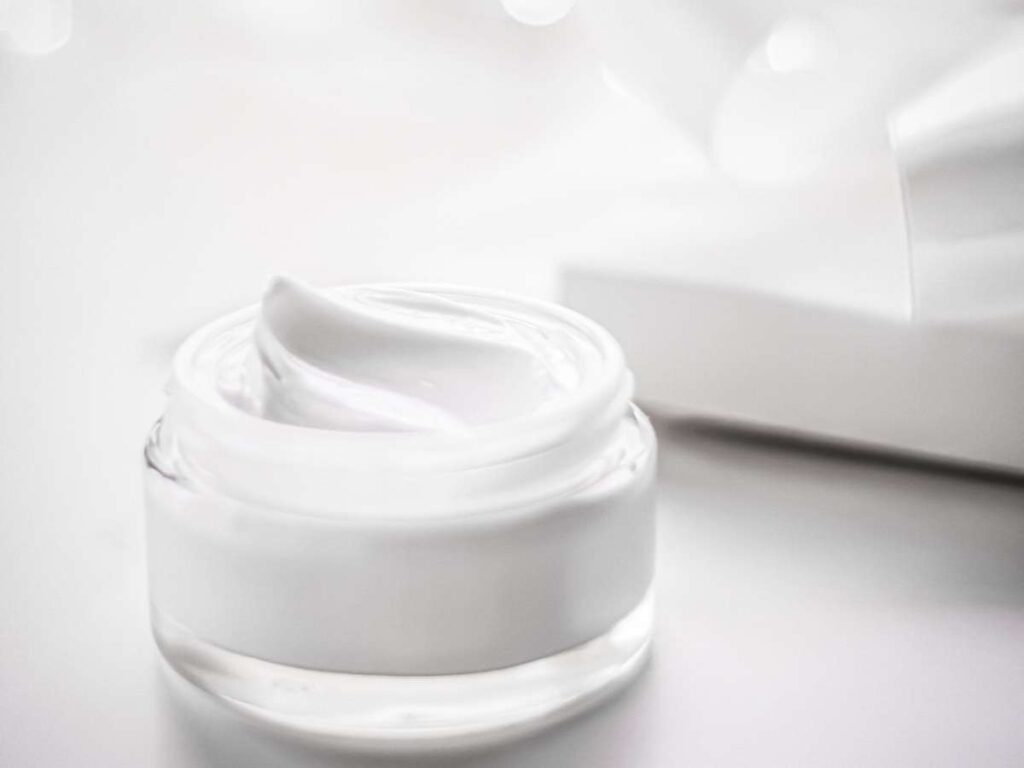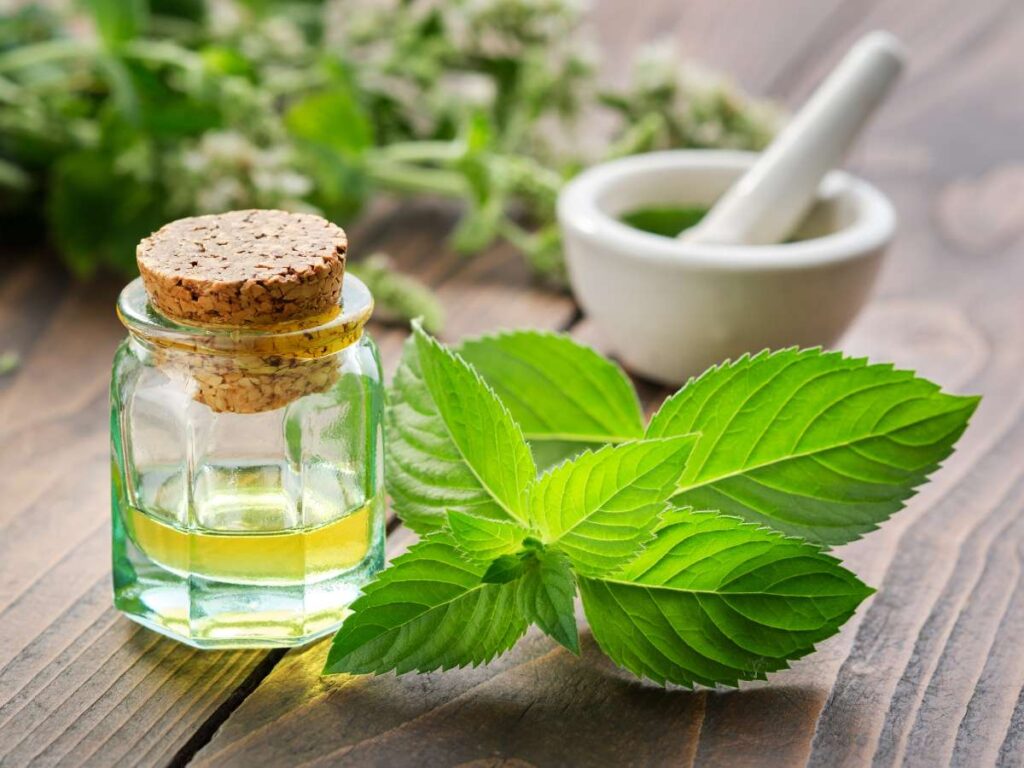6 Essential Raw Materials for Making Hand Wash

Author: Tommy Tang | Founder at Ridgepole
Hi, I'm Tommy Tang, here to share my expertise in skincare with you.
Table of Contents
One of the biggest mistakes skincare brands make? Picking the wrong raw materials for their hand wash. It leads to customer complaints, wasted money, and reformulations.
We’ve spent years working with skincare brands, helping them develop formulas that clean well, feel great, and sell. We know which raw materials make the difference between a mediocre product and one customers love.
In this article, we’ll share the 6 key raw materials every effective hand wash needs. You’ll learn what they do, how they work together, and how to choose the best options for your formula.
By the time you’re done reading, you’ll have a clear plan for making a product that stands out.
Let’s start!
1. Surfactants
Surfactants are the main cleansing agents in hand wash. They help remove dirt, oil, and germs by breaking them down so water can rinse them away. Without surfactants, a hand wash wouldn’t lather or clean effectively.
These ingredients work by reducing surface tension between water and oils. This allows the hand wash to lift dirt from your skin and wash it away. Some surfactants also help create foam, which improves the user experience.
But not all surfactants are the same. Some cleanse deeply but can be harsh on the skin. Others are milder and help maintain moisture. The right combination can make a hand wash both effective and gentle.
Let’s look at the different types of surfactants used in hand wash and what they do.
Types of Surfactants Used in Hand Wash
Surfactants fall into four main categories: anionic, amphoteric, non-ionic, and cationic. Each type has different properties and effects on the skin.
Anionic Surfactants – High Foaming & Deep Cleansing
Anionic surfactants provide strong cleansing and good foam. They are commonly used in hand washes but can sometimes be drying.
- Sodium Lauryl Sulfate (SLS) – A powerful cleanser that removes grease and dirt. Often used in budget-friendly formulations but can strip moisture from the skin.
- Sodium Laureth Sulfate (SLES) – A gentler alternative to SLS with better skin compatibility. Common in both economy and mid-range hand washes.
- Sodium Coco Sulfate (SCS) – Derived from coconut. Still a sulfate, but slightly less irritating than SLS.
Amphoteric Surfactants – Mild and Conditioning
Amphoteric surfactants are milder and help reduce irritation from stronger cleansers. They also stabilize foam.
- Cocamidopropyl Betaine – A mild surfactant that boosts foam and reduces harshness. Often used alongside SLES to balance cleansing power.
- Coco Betaine – A biodegradable, sulfate-free option. Adds mildness to natural and gentle formulations.
Non-Ionic Surfactants – Gentle and Moisturizing
Non-ionic surfactants cleanse without stripping the skin. They are common in natural and moisturizing hand washes.
- Decyl Glucoside – A plant-derived, biodegradable surfactant. Gentle enough for sensitive skin.
- Lauryl Glucoside – Similar to Decyl Glucoside but provides better mildness and conditioning.
Cationic Surfactants – Antimicrobial Properties
Cationic surfactants kills bacteria which makes them useful in antibacterial hand washes.
Benzalkonium Chloride – A common antimicrobial ingredient. Used in antibacterial hand washes for extra germ protection.
With so many options, how do you pick the right combination?
Choosing the Right Surfactant Blend
The best surfactant blend depends on your product’s purpose and target audience. Here are common combinations:
- Economy Hand Wash – SLES + Cocamidopropyl Betaine for affordable yet mild cleansing.
- Sulfate-Free Natural Hand Wash – Decyl Glucoside + Coco Betaine for a gentle, eco-friendly formula.
- Antibacterial Hand Wash – SLES + Benzalkonium Chloride + Essential Oils for added germ-fighting power.
- Luxury Moisturizing Hand Wash – Lauryl Glucoside + Mild Betaine for a soft, hydrating cleanse.
2. Moisturizers & Humectants
Hand washing is essential, but frequent cleansing can leave skin feeling dry and tight. That’s why moisturizers and humectants are helpful because replenish lost hydration which keeps hands soft and comfortable after each wash.
Humectants draw moisture from the air and lock it into the skin. Moisturizers, including emollients, form a protective layer that prevents water loss. Together, they improve the feel of a hand wash and support skin health.
Choosing the right blend is key. Too little hydration can make a formula harsh, while too much can leave a greasy residue. Let’s look at the most common humectants used in hand wash formulations.
Common Humectants in Hand Wash
These ingredients attract and retain moisture, preventing dryness after washing.
- Glycerin – A cost-effective, highly effective humectant. Helps maintain hydration without feeling heavy.
- Sodium PCA – Naturally found in the skin’s moisturizing factor. Helps prevent dehydration.
- Hyaluronic Acid – Holds up to 1,000 times its weight in water. Common in premium hand washes for deep hydration.
Humectants work best when paired with emollients, which soften and protect the skin.
Emollients – Enhancing Softness and Skin Feel
These ingredients improve texture and reduce irritation, making hand wash formulas more skin-friendly.
- Shea Butter Extract – Nourishes dry skin and helps prevent irritation.
- Jojoba Oil – Lightweight and non-greasy. Mimics natural skin lipids.
- Aloe Vera Extract – Soothes and calms sensitive skin. Adds a refreshing feel.
Choosing the Right Moisturizing Blend
The best moisturizing combination depends on your target market and product goals.
- For daily-use hand wash – Glycerin + Aloe Vera Extract (light, effective hydration).
- For premium/luxury formulas – Hyaluronic Acid + Jojoba Oil (deep hydration, silky texture).
- For sensitive skin formulations – Sodium PCA + Shea Butter Extract (gentle and nourishing).
The right blend makes a hand wash more than just a cleanser. It turns it into a skincare product customers will love.

3. Active Ingredients
A good hand wash does more than just clean. Active ingredients give it extra benefits, like killing bacteria or soothing the skin. These ingredients set your product apart, adding value beyond basic cleansing.
Some active ingredients fight germs. Others calm irritation or protect against environmental damage. The right mix depends on your product’s purpose and target audience.
If you’re formulating an antibacterial hand wash, you’ll need specific agents to fight microbes. Let’s look at the most common options.
Antibacterial Agents
These ingredients help eliminate bacteria and keep hands hygienic.
- Chlorhexidine Gluconate – A strong antibacterial used in clinical settings. Effective but can be drying.
- Triclosan (Banned in Some Countries) – Once common in hand washes, now restricted due to safety concerns.
- Benzalkonium Chloride – A quaternary ammonium compound known for its germ-killing properties. Used in many antibacterial formulas.
- Tea Tree Oil – A natural antibacterial and antifungal option. Works well in gentle, plant-based formulations.
Looking for a more natural approach? Botanical extracts offer skin-soothing benefits alongside mild antibacterial effects.
Botanical & Herbal Extracts
These plant-based ingredients enhance a hand wash’s sensory appeal and provide skin-friendly benefits.
- Chamomile Extract – Calms irritation and reduces redness.
- Green Tea Extract – Rich in antioxidants. Has mild antibacterial properties.
- Lavender Oil – Adds a relaxing scent while offering gentle antimicrobial action.

4. Preservatives
A hand wash contains water, oils, and active ingredients. But without preservatives, bacteria and mold can grow inside the bottle.
Preservatives help prevent contamination, keeping the product safe for use over time. They also extend shelf life, ensuring the hand wash remains effective from the first pump to the last.
Choosing the right preservative is essential. It must protect against microbes while being gentle enough for regular use. Some preservatives are synthetic, while others meet natural certification standards. Let’s explore the most common options.
Common Preservatives Used in Hand Wash
Each preservative has a specific function. Some work better against bacteria, while others target mold and yeast.
- Phenoxyethanol – A broad-spectrum preservative with a strong safety profile. Common in mainstream hand washes.
- Ethylhexylglycerin – Boosts the effectiveness of phenoxyethanol while offering mild skin-conditioning benefits.
- Sodium Benzoate & Potassium Sorbate – Common in natural and ECOCERT-certified formulations. Effective against fungi and bacteria.
- Benzyl Alcohol + Dehydroacetic Acid – A preservative system approved for organic products.
How do you choose the best option for your formulation?
Choosing the Right Preservative
Different hand washes require different preservative systems. Here are some effective combinations:
- For standard hand wash – Phenoxyethanol + Ethylhexylglycerin (broad-spectrum protection).
- For natural hand wash – Sodium Benzoate + Potassium Sorbate (mild and ECOCERT-compliant).
- For sensitive skin formulations – Benzyl Alcohol + Dehydroacetic Acid (gentle and approved for organic products).
5. Thickeners & Stabilizers
A hand wash’s texture affects how it feels and how customers perceive its quality. Thickeners and stabilizers help create the right consistency, ensuring a smooth, gel-like flow.
They also prevent ingredients from separating, keeping the formula stable over time. Some thickeners come from natural sources, while others are synthetic for improved performance.
Let’s explore the most common options used in hand wash formulations.
Common Thickeners in Hand Wash
Each thickener has unique properties that influence texture and viscosity.
- Xanthan Gum – A natural, plant-derived thickener. Works well in sulfate-free and eco-friendly formulations.
- Hydroxyethylcellulose (HEC) – A synthetic thickener that provides a smooth texture. Common in commercial hand washes.
- Carbomer – Creates a luxurious gel-like consistency. Requires pH adjustment with Triethanolamine (TEA) to work effectively.
Choosing the Right Thickener
- For natural hand wash – Xanthan Gum (eco-friendly and plant-based).
- For premium/luxury formulas – Carbomer + TEA (silky, high-end texture).
- For high-viscosity formulations – Hydroxyethylcellulose (smooth and stable).
A well-thickened formula improves user experience and gives your product a more premium feel.
6. Fragrances & Essential Oils
Scent is a major factor in a customer’s buying decision. A pleasant fragrance makes hand washing enjoyable and strengthens brand identity.
Hand washes can be scented with essential oils or synthetic fragrance oils. Each option has advantages, depending on your product positioning.
Essential Oils (Natural Fragrances)
Essential oils provide natural scents while offering additional skin benefits. However, some can cause skin sensitivity.
- Lavender Oil – Calming, with mild antibacterial properties.
- Lemon & Orange Oils – Refreshing but may increase skin sensitivity to sunlight.
- Peppermint Oil – Provides a cooling sensation and a fresh scent.
Natural fragrances are great for clean beauty formulations, but synthetic options offer better consistency.
Synthetic Fragrance Oils
Pros:
- Longer-lasting scent compared to essential oils.
- More stable and consistent in large-scale production.
Cons:
- Some may contain allergens. Always check IFRA (International Fragrance Association) compliance.
Whether you choose natural or synthetic fragrances, scent plays a key role in customer satisfaction. What experience do you want your hand wash to deliver? Fresh and energizing, soft and floral, or soothing and herbal? The right fragrance can define your product’s identity.

Conclusion
You now know the key ingredients that make a hand wash effective and marketable. Surfactants for cleansing, humectants for hydration, active ingredients for added benefits, and fragrances for a memorable experience.
Each choice shapes the final product. Now, what kind of formula do you want to create?
Customers remember how a product feels on their skin. The right balance keeps them coming back. Are you ready to develop a hand wash that stands out?
For expert guidance, contact us today!
Discover More Options
If you need more options, take a look at our full range of products. You might find just what you need:
Still haven’t found what you’re looking for? Don’t hesitate to contact us. We’re available around the clock to assist you.
Quick Quote
Own Your Private Label Cosmetic Line Is No Longer Difficult Here!





